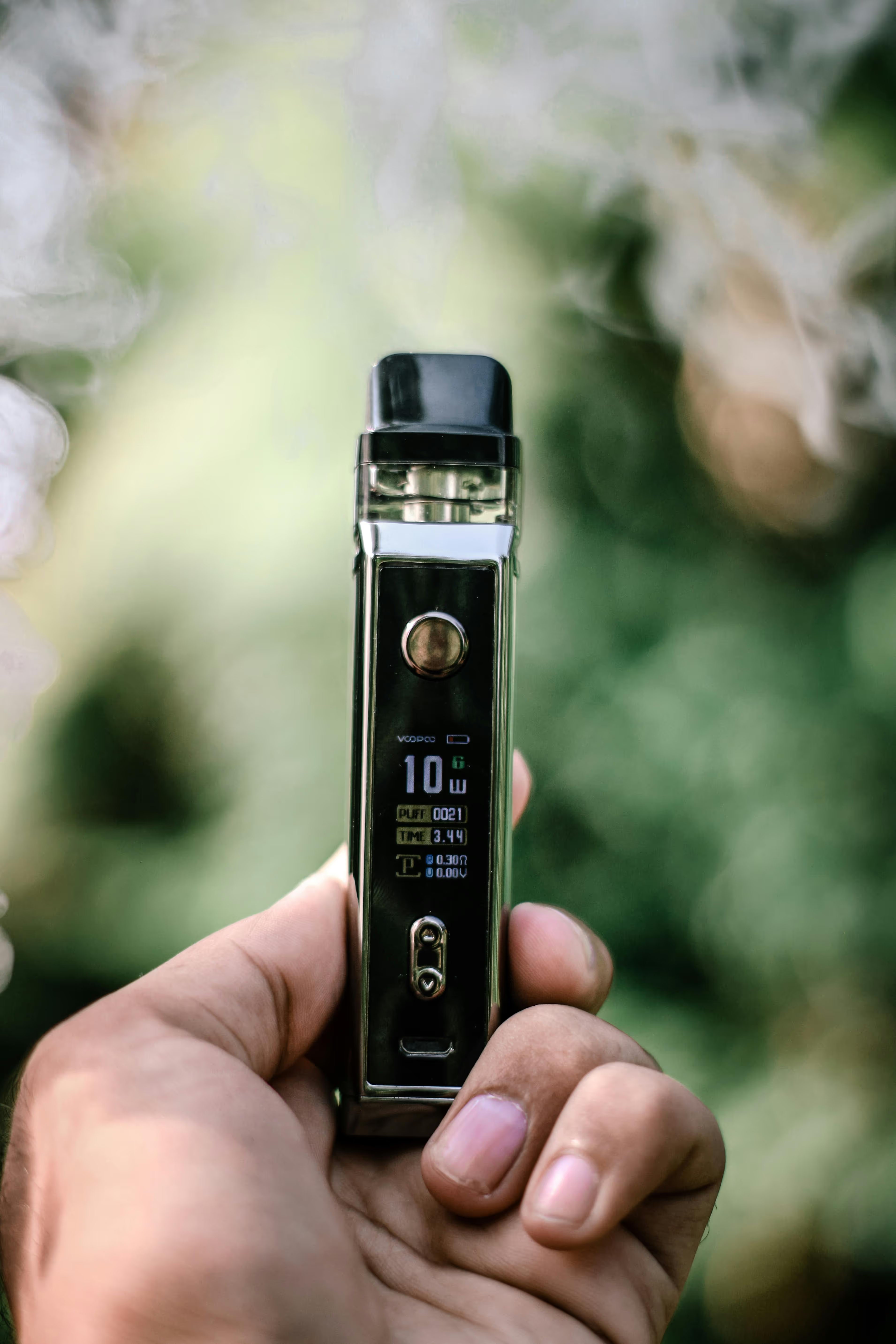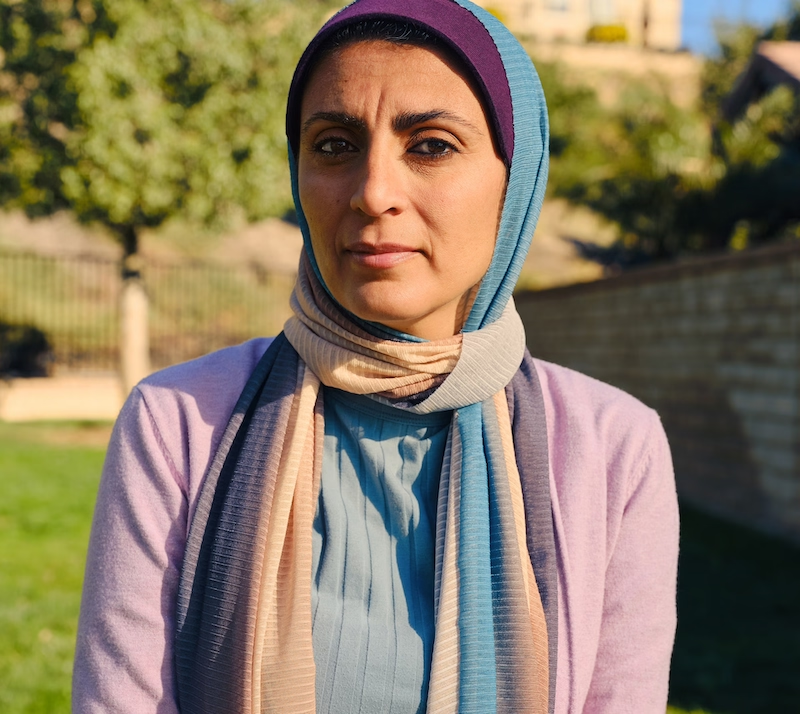The illusion of choice: How the tobacco industry’s messaging contradicts the truth about nicotine addiction
For decades, the tobacco industry has relied on a powerful narrative to protect its interests: the idea that using tobacco is a “personal choice.” Wrapped in the language of freedom, individuality, and responsibility, this messaging has shaped public opinion and policy for decades – while masking a far more troubling reality, especially for children and teens.
As a parent, you are on the front lines of a critical public health issue: nicotine addiction among young people. Understanding how the tobacco industry’s language has distorted the conversation – and how science has exposed the truth – can help you protect your child from a lifetime of addiction.
A brief history of “freedom of choice” in tobacco marketing
The “personal choice” argument took center stage in the 1980s when a wave of lawsuits against the tobacco companies came after decades of being under fire for the health harms of smoking.12 Rather than deny the harms outright, the industry shifted tactics. Their message: Adults know the risks, and they are free to choose whether to smoke. This message evolved into broader themes of individual freedom, resistance to government “nannying,” and personal responsibility.1
But this framing was always a smokescreen.
Internal documents revealed through lawsuits showed that tobacco companies knew early on that their products were powerfully addictive – and that young people were especially vulnerable.3 They weren’t defending adults’ freedom; they were targeting children and teens, ensuring that addiction started early and lasted a lifetime.456
The reality: Nicotine addiction is a pediatric disease
Contrary to the industry’s narrative, nicotine addiction is not the result of informed adult decisions. It is, overwhelmingly, a pediatric disease – in other words, it’s a disease that primarily impacts children and teens.89
Here’s what we now know:
- The majority of adults addicted to nicotine products began before the age of 18.8 Youth who initiate nicotine use are more likely to develop dependence than adults initiating use later in life.10 The tobacco industry knows this.11 That’s why they’ve marketed to youth – directly or indirectly – through appealing tech devices and social media influencers.12
- Kids as young as 7 are trying vaping.13 In 2024, newer nicotine products like vapes and nicotine pouches were the most commonly used products among California youth.14 Today’s youth are picking up vapes at even younger ages, when their brains are most vulnerable to addiction.
- Adolescents are biologically more vulnerable to addiction. The developing brain is especially sensitive to nicotine. Exposure during adolescence changes the brain’s reward system, increasing the risk of long-term dependence.1516
- Nicotine hijacks the brain’s ability to make “choices.” Addiction alters brain chemistry and decision-making processes. Once someone is addicted – especially a young person – their ability to freely choose is compromised. They are no longer making a personal decision; their brain is demanding nicotine.17
So, when the tobacco industry says, “it’s just a personal choice,” they ignore the science of addiction – and how that science shows the loss of real choice.
How the message is still being used today
Today, this same message – freedom of choice and personal responsibility – is being repackaged by vape companies. Brands claim their products are “for adult smokers only,” yet their flavors, designs, and marketing strategies scream otherwise.20 And when youth usage spikes, the companies deflect responsibility, blaming peer pressure, or kids themselves.2122
But this is no accident. It’s a playbook the industry has used for decades.1223

“Smart” vapes not only come with screens that serve up video games, they also track nicotine usage or puffs to earn rewards and even receive social media alerts.24
What parents can do
You don’t need to be a scientist or a policy expert to fight back. Here’s how you can make a difference:
- Talk early, talk often. With kids as young as 7 trying vaping, parents can’t wait for middle or high school to start the conversation about nicotine addiction.13 Download the Parents’ Guide on Nicotine Addiction for more information.
- Challenge the myth of “choice.” Help your child understand that addiction is not a choice. Talk about how tobacco and vape companies profit from addiction and how they deliberately manipulate people into using their products.
- Stay informed. Learn about the latest products, trends, and tactics companies use to appeal to youth. Knowledge is power – and protection.
- Model healthy behavior. If you use tobacco or nicotine, seek help to quit. Your example can speak louder than words.
- Support stronger protections. Advocate for policies that reduce youth access to nicotine – like sales bans, higher taxes, and marketing restrictions. These are not attacks on freedom; they are defenses against addiction.
The bottom line
The idea that tobacco and nicotine use is just a “personal choice” has always been a myth – one designed to shield the tobacco industry from accountability. In reality, nicotine addiction starts early, targets young brains, and robs people of real choice.
As parents, you have the power to expose this myth and protect your children from a dangerous industry that thrives on addiction. Let’s give our kids the facts, not the fiction, and ensure they have the freedom to grow up nicotine-free.










